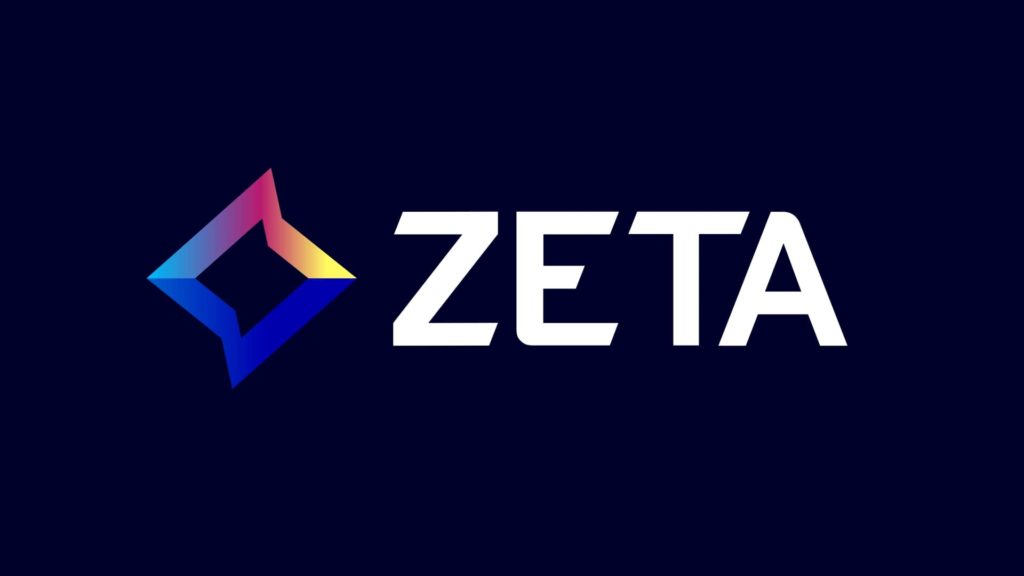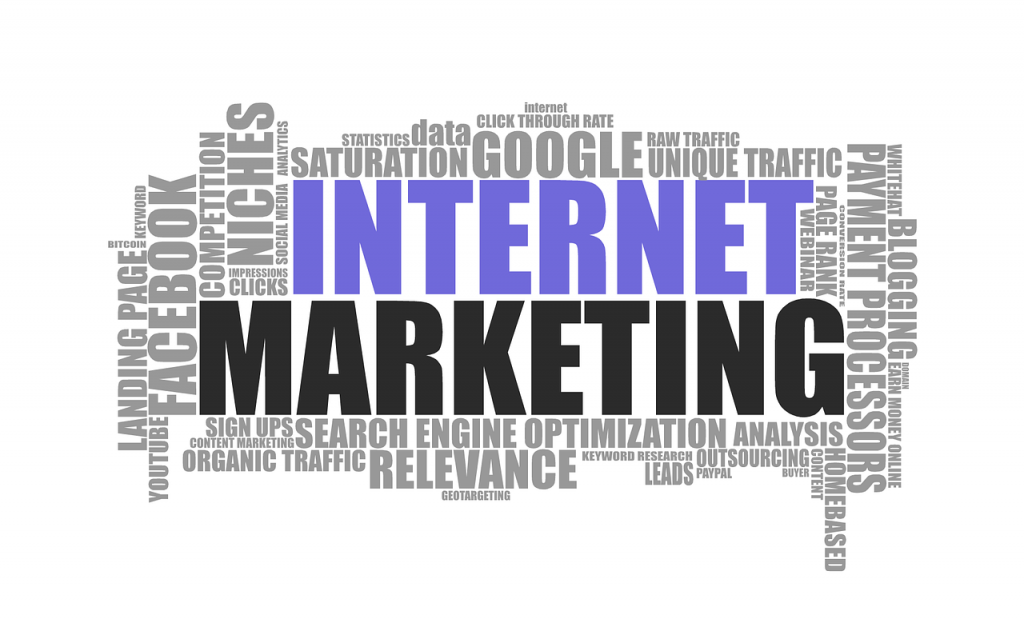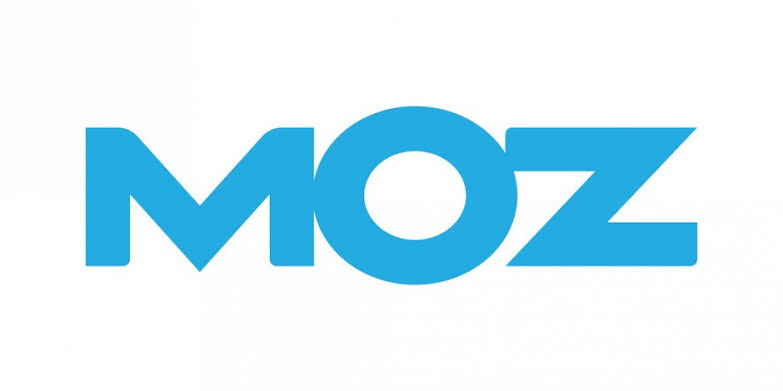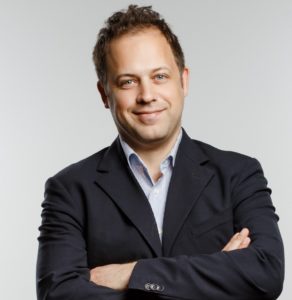Zeta Global – A Marketing Tech Startup That Has Received Unicorn Status.
Zeta Global is a US-based company specializing in data-driven marketing technology. It is a new company that was founded fourteen years ago in 2007. The headquarters of the company is based in New York City and it focuses on offering multichannel marketing tools to its customers. David A. Steinberg and John Sculley, the former CEO of Apple co-founded Zeta Global. Back in 2007, it was established under the name of “XL Marketing” and its name became Zeta Global in October 2016.
About Zeta Global
Zeta’s marketing platform is used by some of the largest companies in the world to grow and retain customers at an affordable rate. When Zeta was founded, it was established with the idea that it should be able to offer solutions to a complexity arising from managing multiple vendors across various channels. All these vendors provide different points of solution like automation, customer data management (CDM), omnichannel engagement, etc. So, Zeta was founded to bring all these solutions under one roof by developing very intelligent software.
The platform of Zeta is not only about growth and bringing in more audience, but also strengthening the relationship between existing customers. Today, after Google and Facebook, Zeta Global has the third-largest dataset in the entire world that is powered by various demographics, behavioral, locational, etc factors. Zeta Global started trading publicly in 2021 at a $1.7 billion valuation. The company has a presence in 11 countries including India.

History of the Company
XL Marketing was established in 2007 and its name was changed to Zeta Interactive in 2014 followed by the current brand, Zeta Global in 2016. Within the first ten years of the company, Zeta acquired nine other companies. In 2013, it acquired the Adchemy Actions division of a parent ad tech firm, Adchemy. This acquisition helped Zeta have access to Adchemy’s machine learning-based advertising platform. Next year Zeta acquired a Boston-based company called Clicksquared that offered a SaaS-based campaign management platform.
To grow the company through more acquisitions, Zeta raised $125 million from Blackstone’s GSO Capital Partners. With this funding, Zeta mainly focused on acquiring data startup companies. Later in that year, Zeta acquired eBay’s customer relationship management division and this deal was worth $80-$90 million. Steinberg, after the acquisition, made a statement that this deal would help them become the largest customer lifecycle management platform. In August 2016, Zeta bought “Acxiom Impact”, a market automation tool for $50 million from the parent company, Acxiom. Later in that year, the company also hired a new CFO, Jarrod Yahes who was a former executive at EXL Service Holdings.
Recent Events
In 2017, Zeta hired Donald Steele as the company’s CRO. This was the first time in ten years that the company hired for this position. In a debt funding round in April 2017, Zeta raised $140 million from GPI Capital and Franklin Square Capital Partners. After this funding round, the company’s total valuation became $1.3 billion. In the same year, Zeta acquired two new companies, Boomtrain, an ML platform, and Disqus. In the past three years also Zeta acquired several ad tech companies including Temnos, Sizmek, etc. In March 2021, the company raised $222.5 million after which it announced that it will file its first IPO. Currently, it is traded on the New York Stock Exchange (NYSE).
Awards & Accolades
It has been featured in many top-rated magazines and websites. Zeta was featured in the Forbes Most Promising Company in 2014 followed by in the list of Forbes “Top 100 Analytics Startups of 2015.” In 2017, Zeta was ranked as “Visionary” in Gartner’s Magic Quadrant for Digital Marketing Hubs.
David A. Steinberg – CEO of Zeta Global
David Steinberg is famous as a serial entrepreneur who has founded multiple companies including Zeta Global. David’s net worth is approximately around $750 million. In 1993, he founded his first company, Sterling Cellular from the basement of his house. And, before co-founding Zeta, there were other two companies, namely, Inphonic and CAIVIS Acquisition Corp. David went to Washington & Jefferson College.

Annasha Dey is an NIT student, who apart from studying engineering is also a content writer. She has a great interest in photography, writing, reading novels, and travelling as well. She is a foodie who loves socializing and hanging out with her friends. She is also a trained Kathak dancer and a big fashion enthusiast. Dey also loves watching TV series, which includes F.R.I.E.N.D.S. and Big Bang Theory. To be a better writer she prefers to read more







